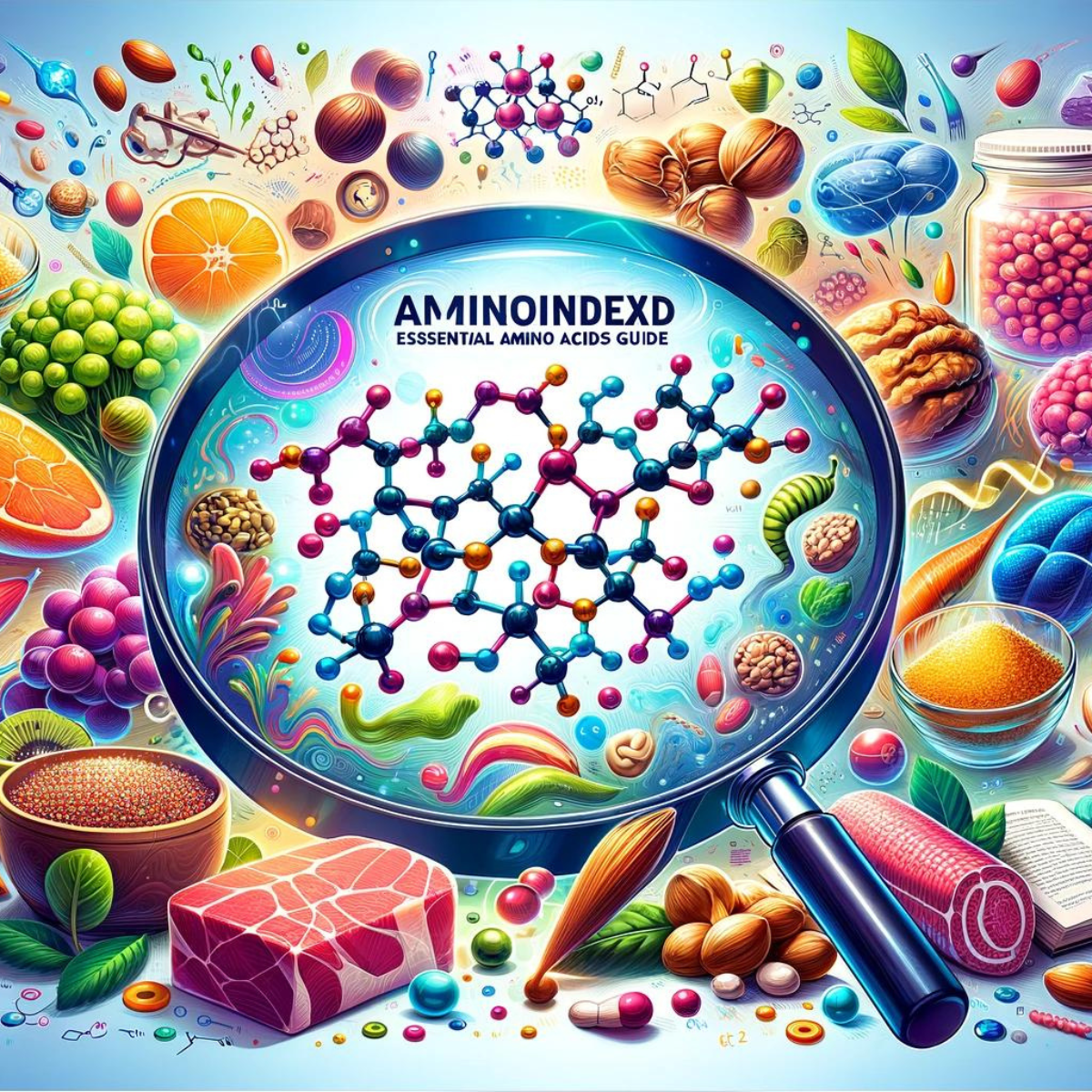Table of Contents
Introduction
Welcome to the DASH Diet, a heart-healthy lifestyle plan to lower blood pressure and promote overall well-being. Developed by the National Heart, Lung, and Blood Institute, the DASH Diet stands for Dietary Approaches to Stop Hypertension. It isn't just about cutting salt or calories; it's a comprehensive approach focusing on nutrient-rich foods, balanced portions, and a variety of whole, unprocessed ingredients. Ideal for those aiming to reduce hypertension risk or improve heart health, this diet encourages incremental, sustainable changes. This guide explores how the DASH Diet can seamlessly integrate into your life, offering a blend of flavours and nutrients tailored to support a healthier, more vibrant you.
What is the DASH Diet?
The DASH Diet, short for Dietary Approaches to Stop Hypertension, is a scientifically backed nutritional approach designed to combat high blood pressure without medication. It emphasises a balanced diet rich in fruits, vegetables, whole grains, and lean proteins, focusing on reducing sodium intake while boosting the intake of nutrients known to aid in lowering blood pressure, such as potassium, calcium, and magnesium. This heart-healthy diet aims to lower blood pressure. It supports overall cardiovascular health, making it a beneficial lifestyle choice for anyone looking to improve their heart health and well-being.
Key Components of the DASH Diet
The DASH Diet is built around key food groups and nutritional principles that promote heart health and reduce Hypertension. Here are its core components:
- Fruits and Vegetables: Packed with essential vitamins, minerals, and fibre, these should form the bulk of your meals, aiding in heart health and blood pressure reduction.
- Whole Grains: Foods like brown rice, whole wheat bread, and quinoa are high in fibre and nutrients, supporting overall health and sustaining energy.
- Lean Proteins: Emphasis is on sources with lower saturated fat, including poultry, fish (especially those high in omega-3 fatty acids like salmon), and plant-based proteins like beans and lentils.
- Low-fat or Non-fat Dairy: Provides calcium, protein, and vitamin D while keeping unhealthy fats in check. Options include milk, yogurt, and cheese.
- Nuts, Seeds, and Legumes: These are sources of healthy fats, protein, and fibre, and they should be eaten in moderation due to their high-calorie content.
- Fats and Oils: The diet recommends healthy fats in moderation, focusing on sources like olive oil and avoiding trans fats and saturated fats.
- Sweets and Added Sugars: These are limited in the DASH diet to reduce calorie intake and improve heart health.
- Sodium Reduction: One of the hallmarks of the DASH diet is its focus on lowering sodium intake to 2,300 milligrams a day, with an ideal limit of about 1,500 milligrams for most adults.
By incorporating these components into your diet, the DASH Diet helps manage blood pressure, reduce the risk of heart disease, and promote overall health.
Benefits of the DASH Diet
The DASH Diet offers many benefits for individuals looking to improve their health, particularly in blood pressure management and cardiovascular wellness. Here are some of the key advantages:
- Lowers Blood Pressure: Clinical studies have shown that following the DASH Diet can significantly reduce systolic and diastolic blood pressure in just a few weeks.
- Improves Heart Health: The DASH Diet can decrease the risk of developing heart disease and stroke by emphasising heart-healthy foods and limiting saturated fats and cholesterol.
- Supports Weight Loss: When combined with a calorie-controlled plan, the DASH Diet can aid in weight loss and maintenance by promoting a diet full of nutrient-dense, low-calorie foods.
- Increases Nutritional Intake: The diet ensures the consumption of a wide variety of essential nutrients for overall health, including potassium, calcium, magnesium, fibre, and protein.
- Reduces Cancer Risk: Some research suggests that the DASH Diet may lower the risk of certain types of cancer thanks to its high intake of fruits, vegetables, and whole grains.
- Enhances Diabetes Management: The DASH diet offers a balanced intake of nutrient-rich, low-glycaemic index foods, which can help control blood sugar levels, which benefits those with diabetes or at risk.
- Promotes Bone Health: The emphasis on calcium, potassium, and protein foods supports bone strength and can reduce the risk of osteoporosis.
- Improves Digestive Health: The high fibre content of fruits, vegetables, and whole grains supports a healthy digestive system and can help prevent constipation.
By focusing on a diet rich in nutrients and low in sodium and unhealthy fats, the DASH Diet addresses Hypertension and contributes to a healthier lifestyle overall.
Implementing the DASH Diet in Your Lifestyle
Incorporating the DASH Diet into your daily routine can be a seamless and rewarding process with the right approach. Here are practical steps to help you get started and make the DASH Diet a sustainable part of your lifestyle:
- Increase Fruits and Vegetables: Aim to fill half your plate with fruits and vegetables at every meal. They are low in calories and fibre, helping you feel full longer.
- Choose Whole Grains: Replace refined grains with whole grains, such as whole wheat bread, brown rice, and oatmeal. Whole grains provide more nutrients and fibre, which can help control blood pressure.
- Pick Lean Proteins: Incorporate more lean meats, poultry, fish, and plant-based protein sources such as beans, lentils, and tofu into your meals. These foods are lower in saturated fats and beneficial for heart health.
- Select Low-fat Dairy: Use low-fat or non-fat dairy products to reduce saturated fat intake while getting essential nutrients like calcium and vitamin D.
- Limit Sodium: Read food labels to choose products with lower sodium content, cook more meals at home to control the amount of salt used, and season dishes with herbs and spices instead of salt.
- Incorporate Nuts, Seeds, and Legumes. These are excellent sources of protein, fibre, and healthy fats, but they should be consumed in moderation due to their high-calorie content.
- Manage Portions: Pay attention to portion sizes to avoid overeating, even of the healthiest foods. Using smaller plates can help control portions and reduce calorie intake.
- Stay Hydrated: Drink plenty of water throughout the day. Limiting beverages high in sugar and caffeine can also help manage blood pressure.
- Plan Your Meals: Planning meals in advance can help ensure you eat nutrient-rich foods and adhere to the DASH diet.
- Be Patient and Consistent: Adjusting to new eating habits takes time. Be patient with yourself and make gradual changes for lasting results.
By making these adjustments and focusing on the overall eating pattern rather than on individual nutrients, you can enjoy the full benefits of the DASH Diet for blood pressure management and improved heart health.



















